Eckerwald
About five kilometres east of the town of Rottweil in the state of Baden-Württenberg, the Germans established a factory in January 1944, which was part of a program called Operation Wüste. The programme aimed to produce synthetic fuel from oil shale. A total of ten Werken and seven camps were established that were connected to Werken. It was in these camps that the slave workers were housed when they were not working in the factory. All seven camps were subordinated to Natzweiler-Struthof concentration camp. Eckerwald was named Wüstewerk 10 but the prison camp was about two kilometers from Eckerwald in Schörzingen. Until the camp was dismantled in April 1945, about 1,000 prisoners were used as slave workers, of whom more than 500 died due to maltreatment.
Current status: Partly preserved/demolished with information boards (2012).
Location: 48° 10'35.38 N 8° 43'17.11 E
Get there: Car.
Follow up in books: Kogon, Eugen: The Theory and Practice of Hell: The German Concentration Camps and the System Behind Them (2006).
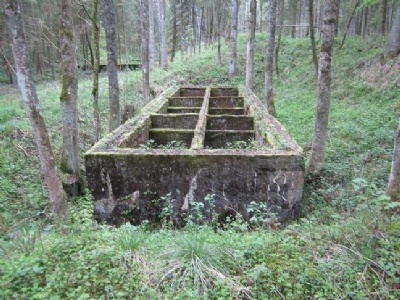
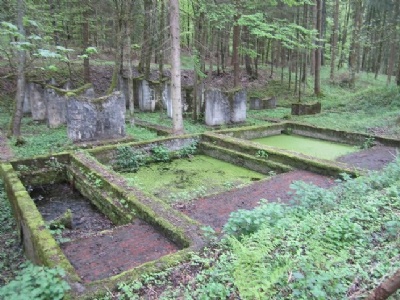



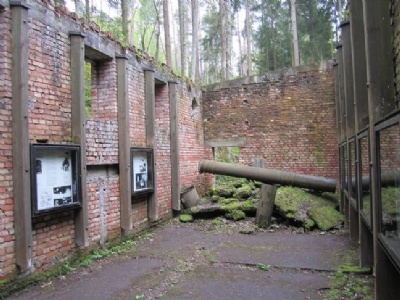
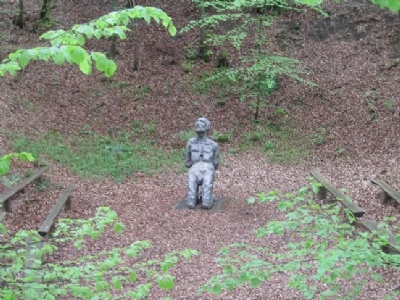
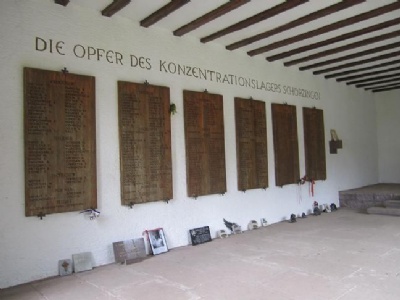
From the main road (K5542) you just have to follow the signs to the place about 500 meters into the forest. Once there is an information board about the area and then you just have to follow the path among the ruins. At each ruin there is an information board and in one of the larger well-preserved ruins there is a small but well-informed exhibition (in German). What is positive about the location is that the ruins are so well preserved that it gives the visitor a good overview of the area.
There is something special about places like the Eckerwald, they are located in a secluded wooded area, the only thing you can hear is remote cars from the main road, birds and a brief that can be heard among the trees. When I was there it was rain in the air, which was very atmospheric. This is a place where history shows itself from its very best side.